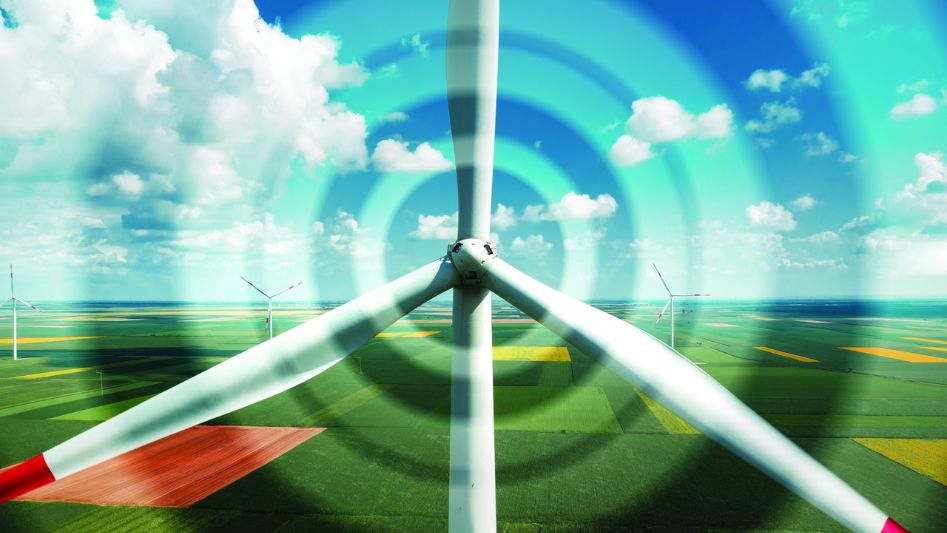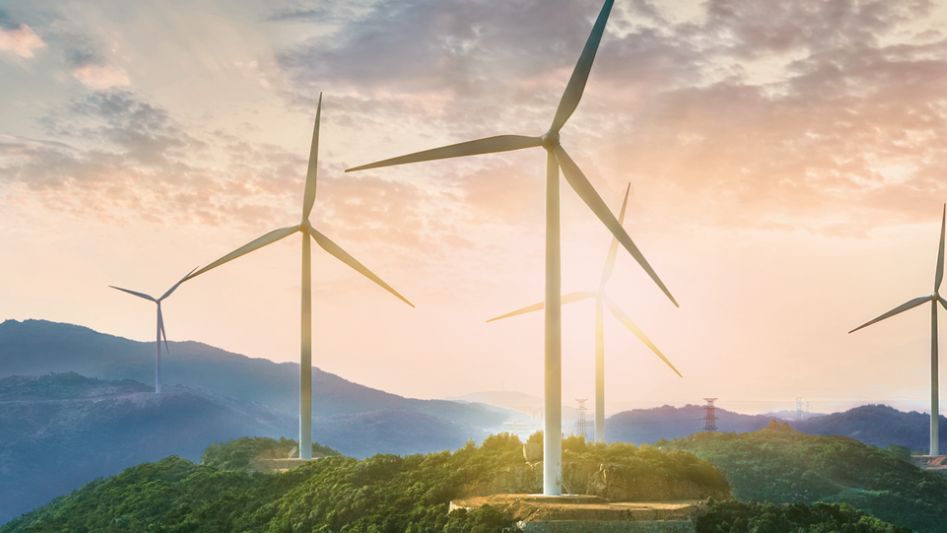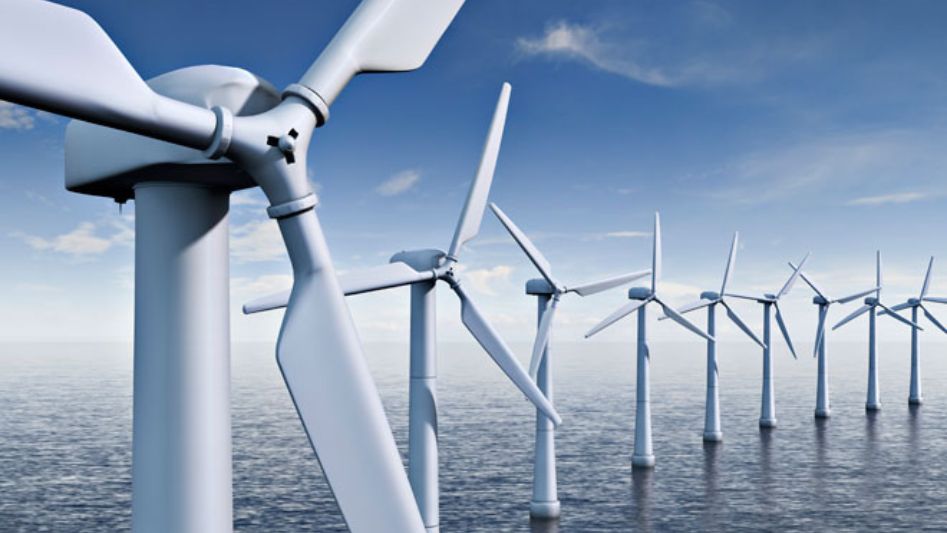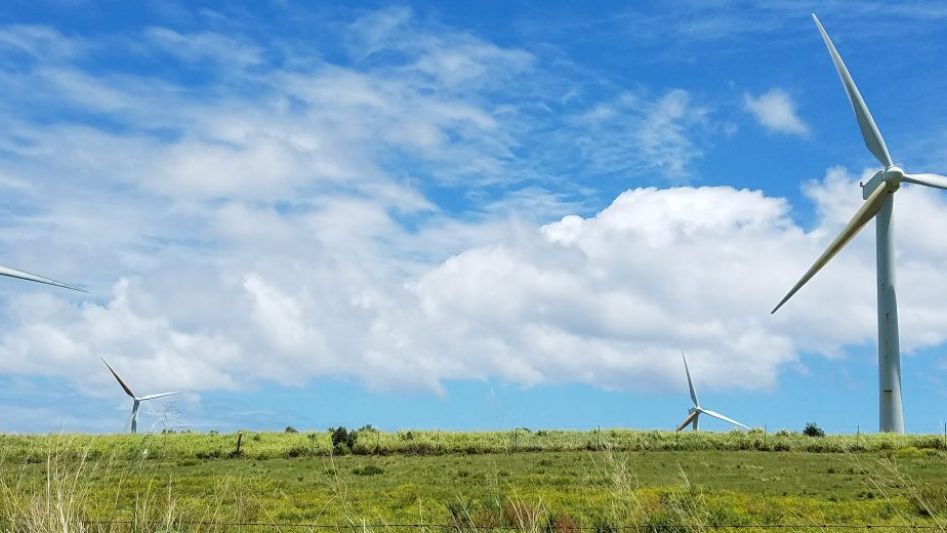The modern world is characterized by rapid urbanization, technological advancement, and a growing demand for renewable energy sources. Among these sources, wind turbines have emerged as a promising solution to meet the increasing energy needs while minimizing the environmental impact. However, as urban areas become more integrated with renewable energy infrastructure, concerns over noise pollution from wind turbines have gained prominence. Striking a balance between clean energy generation and minimizing noise pollution has become a crucial challenge, leading to the exploration of silent solutions in urban settings.
Table Of Content
We invite you to read: “Challenges and Solutions in Modern Wind Energy Production”

The Rise of Wind Energy and Noise Pollution: A Growing Concern
Wind energy has witnessed significant growth in recent decades due to its renewable nature and minimal greenhouse gas emissions. Wind turbines have been erected both onshore and offshore to harness the power of wind and convert it into electricity. While they offer numerous environmental benefits, noise pollution has become a notable issue, particularly in urban environments where the distance between turbines and residential areas can be relatively small.
The noise generated by wind turbines arises from multiple sources, including mechanical components, aerodynamic interactions, and electrical systems. The swooshing or humming sounds can vary in intensity depending on factors like wind speed, turbine design, and distance from the source. As wind farms are established closer to urban centers, concerns over the potential impact of noise pollution on human health and quality of life have amplified.
Understanding the Impact of Noise Pollution
Noise pollution, including that generated by wind turbines, can have various adverse effects on both physical and mental well-being. Physiologically, excessive noise can disrupt sleep patterns, increase stress levels, and contribute to cardiovascular issues. Psychologically, continuous exposure to noise can lead to annoyance, reduced concentration, and decreased productivity. These impacts highlight the need for effective strategies to mitigate noise pollution from wind turbines in urban settings.
We invite you to read: “Solar Panels vs. Wind Turbines: Which Renewable Energy Source Wins?”

Innovative Approaches to Mitigate Wind Turbine Noise
As the demand for clean energy persists, researchers and engineers have been diligently working to develop innovative solutions that address noise pollution concerns associated with wind turbines. Some of these solutions include:
- Advanced Blade Design: Turbine blades are a primary source of aerodynamic noise. By redesigning blade profiles and incorporating serrations or trailing-edge modifications, researchers aim to reduce noise generated during blade rotation.
- Active Noise Control: This technique involves the use of microphones and speakers to create sound waves that cancel out the noise generated by wind turbines. It has shown promise in laboratory settings and could potentially be adapted to real-world scenarios.
- Silent Generators: Focusing on improving the design of generator components can significantly reduce mechanical noise. Innovative gearbox and generator designs aim to minimize vibration and noise emissions.
- Turbine Placement and Layout: Optimal placement of wind turbines within a wind farm can influence noise dispersion. Careful consideration of turbine layout and spacing can help minimize noise impact on nearby communities.
- Noise Barriers and Screening: Employing physical barriers and natural vegetation can act as buffers to block or absorb noise, preventing it from reaching residential areas.
- Regulations and Standards: Governments and regulatory bodies play a crucial role in setting noise limits for wind turbines. Establishing and enforcing noise regulations can ensure that wind energy development is sustainable and harmonious with urban environments.
Balancing Renewable Energy Goals and Urban Livability
As the world strives to transition to sustainable energy sources, finding ways to mitigate the potential negative impacts of renewable energy infrastructure on urban communities becomes paramount. While wind turbines contribute significantly to reducing carbon emissions, it is essential to address noise pollution concerns to ensure that their benefits are not overshadowed by adverse effects on public health and well-being.
Collaboration between researchers, engineers, urban planners, policymakers, and communities is vital to strike a balance between renewable energy goals and urban livability. By investing in research and development of silent solutions, we can unlock the full potential of wind energy while fostering healthier and more harmonious urban environments for present and future generations.
We invite you to read: “Wind Energy Unleashed: Unraveling the Technology Driving Wind Turbine Power”

Conclusion
In the pursuit of sustainable urban environments, the integration of wind turbines for clean energy must be accompanied by innovative strategies to mitigate noise pollution. By adopting advanced blade designs, active noise control, optimal turbine placement, and effective regulations, we can strike a balance between renewable energy goals and the well-being of urban communities. This harmonious coexistence underscores our commitment to a greener future that values both environmental progress and the tranquility of city living.
FAQs
What is noise pollution from wind turbines?
Noise pollution from wind turbines refers to the sound generated by the mechanical, aerodynamic, and electrical components of these structures. It can impact nearby communities and raise concerns about health and quality of life.
How does wind turbine noise affect people?
Wind turbine noise can disrupt sleep, increase stress, reduce concentration, and negatively impact physical and mental well-being.
What are some solutions to mitigate wind turbine noise?
Innovative approaches include advanced blade design, active noise control, silent generator components, optimized turbine layout, noise barriers, and adherence to noise regulations.
How can urban settings benefit from wind energy without noise pollution?
By employing silent solutions, such as improved turbine designs and strategic placement, urban areas can harness wind energy while minimizing the adverse effects of noise pollution.
You May Also Like
- Economic Winds of Change: How Wind Turbines and Solar Panels Affect Local Economies
- Wind Turbines of Tomorrow: Innovations and Future Prospects
- Offshore Wind Power: A Growing Force in the Race for Sustainable Energy
- Blowing Towards Sustainability: Wind Energy Leading the Green Movement
- Sailing Towards a Greener Future: The Winds of Change in Energy
External Links
- Noise Pollution Prevention in Wind Turbines: Status and Recent Advances
- Noise pollution from wind turbines and its effects on wildlife: A cross-national analysis of current policies and planning regulations
- Health Effects Related to Wind Turbine Noise Exposure: A Systematic Review
- Explainer: Why the wind power industry has hit turbulence
- Wind energy pros and cons

